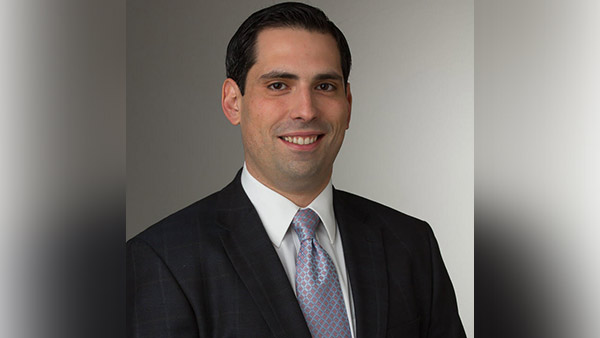 Joe Elsasser
Joe Elsasser
In this ongoing series, we provide our readers with two distinct perspectives on the same topic — one from an academic, the other from a practicing financial advisor. In “The Advisor and The Quant,” we will pose one specific question to the advisor and the quant. You will see their responses here on ThinkAdvisor.
If you have a question or two, please send them to us.
Check out the previous column here.
QUESTION: How can advisors use market volatility to build client trust?
THE ADVISOR — JOE ELSASSER, CFP, PRESIDENT, COVISUM:
One of an advisor’s primary roles in a client relationship is to overcome common behavioral biases. A very powerful bias is often referred to as recency bias — an expectation that events of the recent past are likely to continue into the future.
When the market is up, such as the smooth and steady increases we’ve seen over the last few years, clients can be lulled to sleep and because the last significant market dips are a distant memory, they fail to monitor investments or rebalance. Instead, they expect the good times to continue. When we get a market correction, like we did early in February, the possibility that we’ll see another massive recession can drive investors to sell out — anticipating a panic.
Neither believing the market will continue to increase nor panicking when it has a dip is healthy for a client’s long-term wealth. As an advisor, setting realistic expectations for clients and coaching during good markets will help level-set the impact of a down market, if and when it occurs. Good investment practices, such as rebalancing, shouldn’t be ignored and with proper downside expectations, clients can still reach their financial goals, even through the next correction.
Ultimately, market volatility is the reason for a financial plan. When an advisor and client have developed a financial plan in advance, the discussion can remain focused the client’s ability to meet their financial goals, preventing the greed/panic cycle that causes most investors to underperform the market as a whole.
 Ron Piccinini
Ron Piccinini
THE QUANT — RON PICCININI, PH.D., DIRECTOR OF PRODUCT DEVELOPMENT, COVISUM:
Trust is earned when the client’s experience is in line with the expectations you set for them. When markets experience bouts of volatility, it is a perfect time to showcase your expertise and revisit the portfolio downside expectations previously set.
Show the numbers.









 March 05, 2018 at 10:13 AM
March 05, 2018 at 10:13 AM











